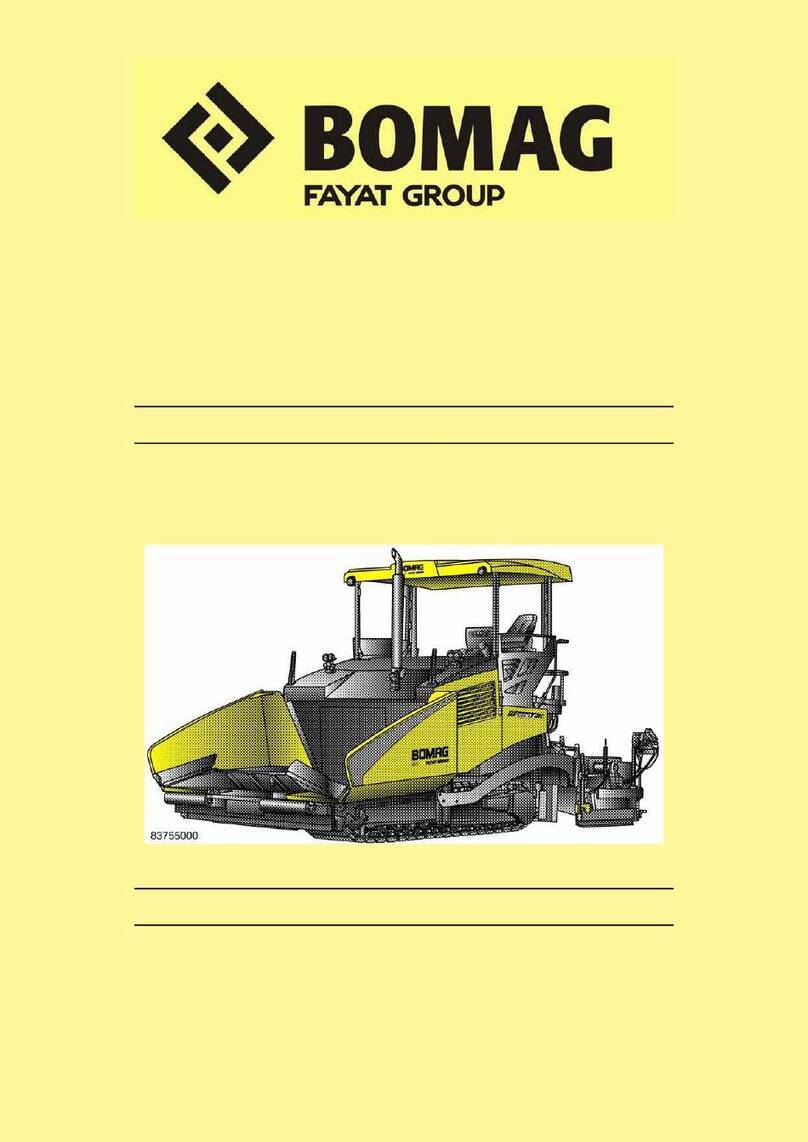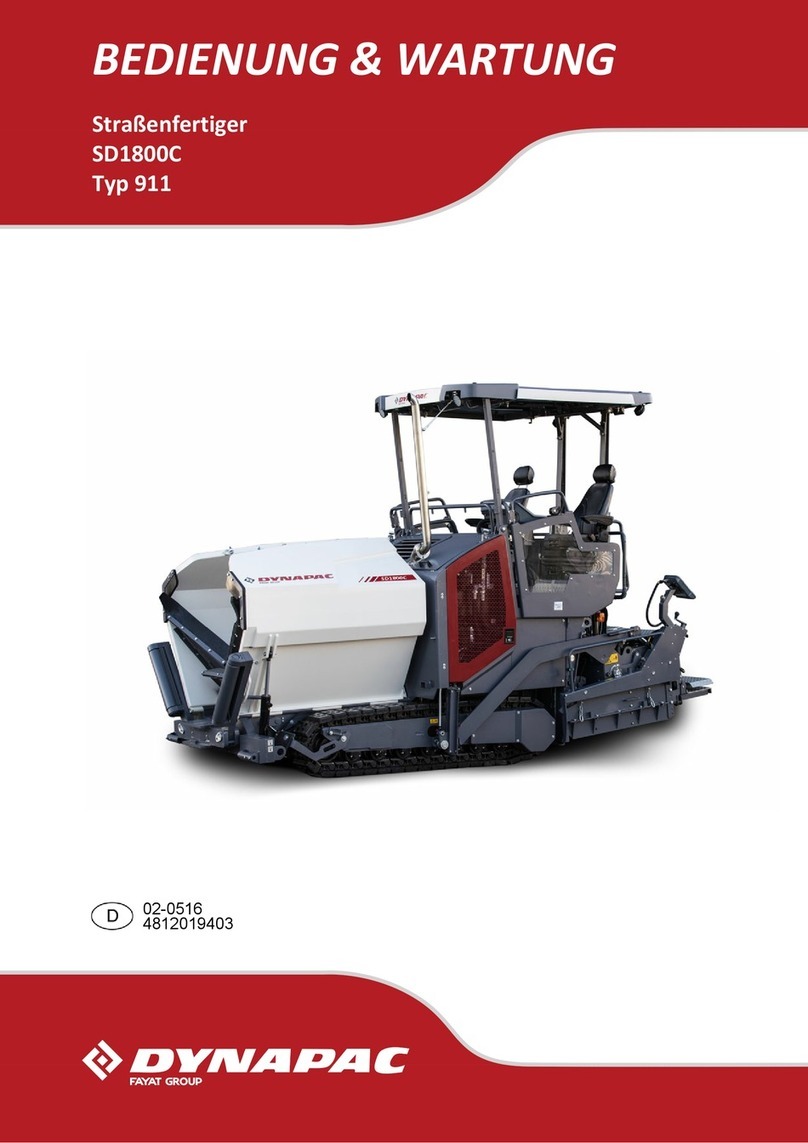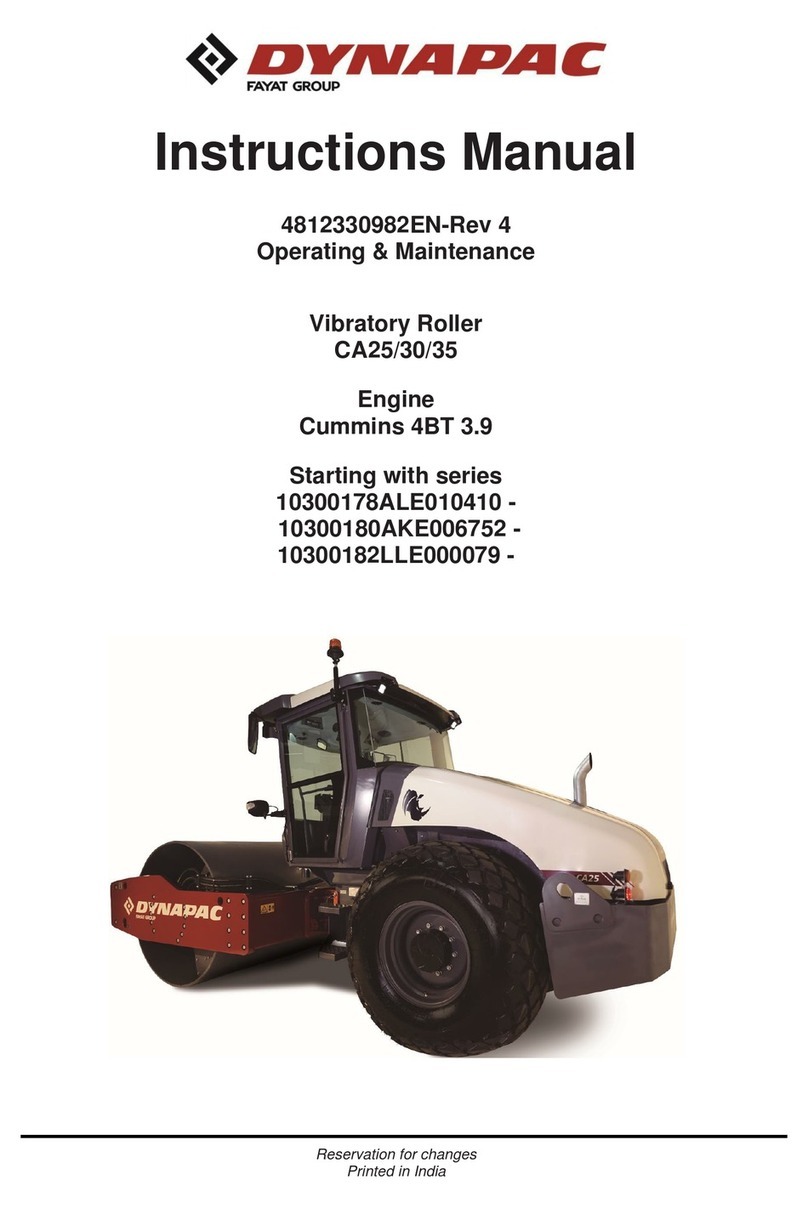Fayat Group BOMAG BW 213 DH-4 BVC User manual
Other Fayat Group Construction Equipment manuals
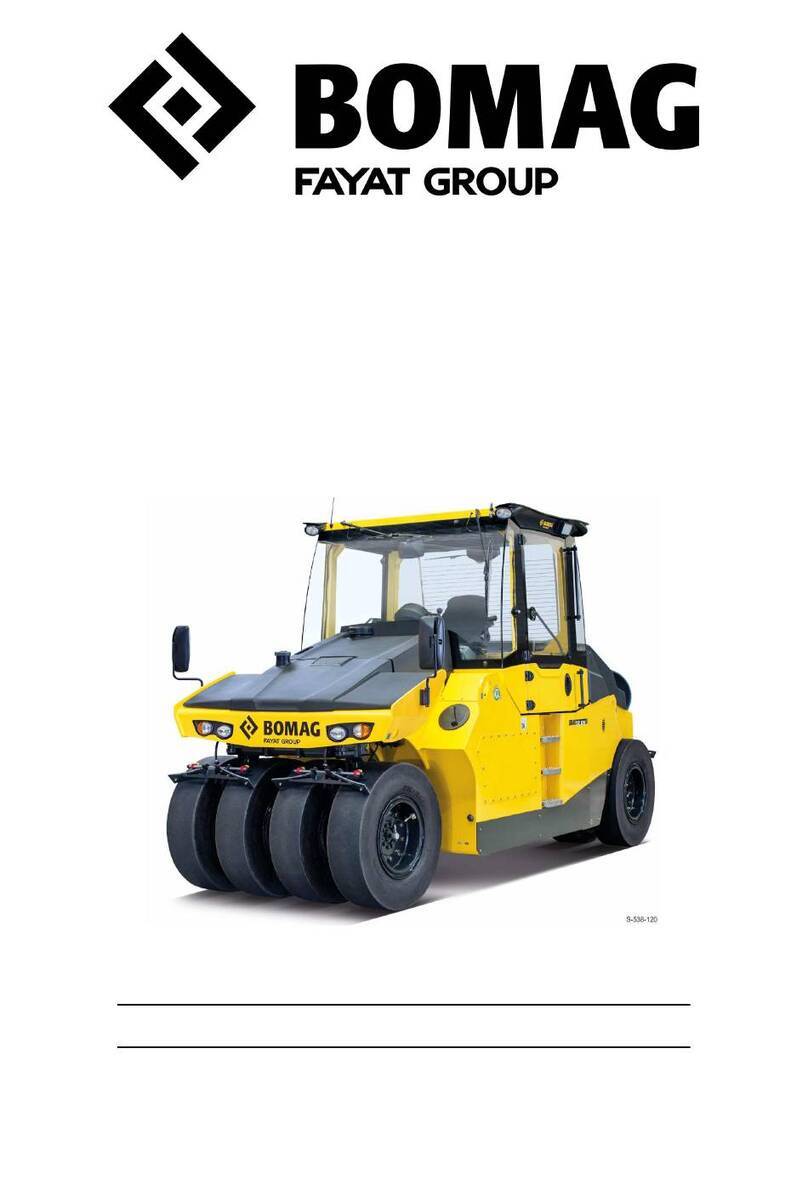
Fayat Group
Fayat Group BOMAG BW 28 RH User manual

Fayat Group
Fayat Group BOMAG BW 226 BVC-5 User manual
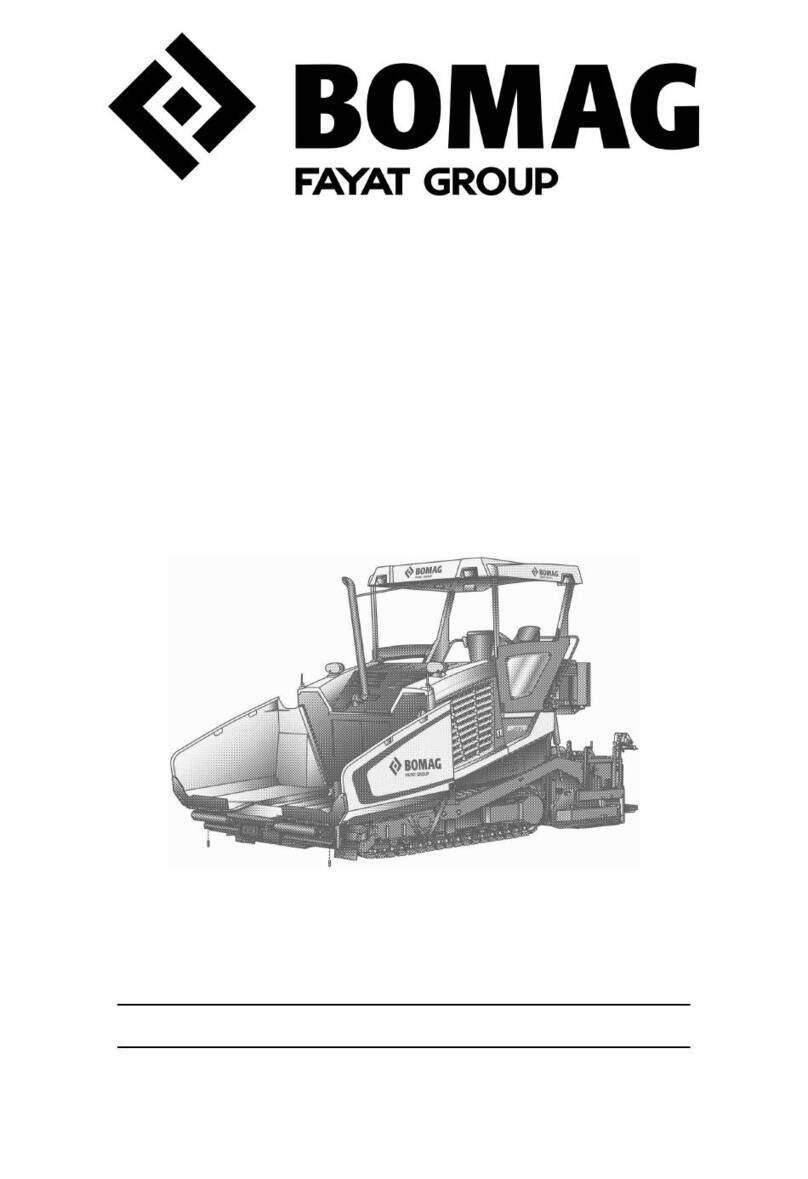
Fayat Group
Fayat Group BOMAG BF 700 C S600 User manual

Fayat Group
Fayat Group BOMAG BW 900-50 User manual
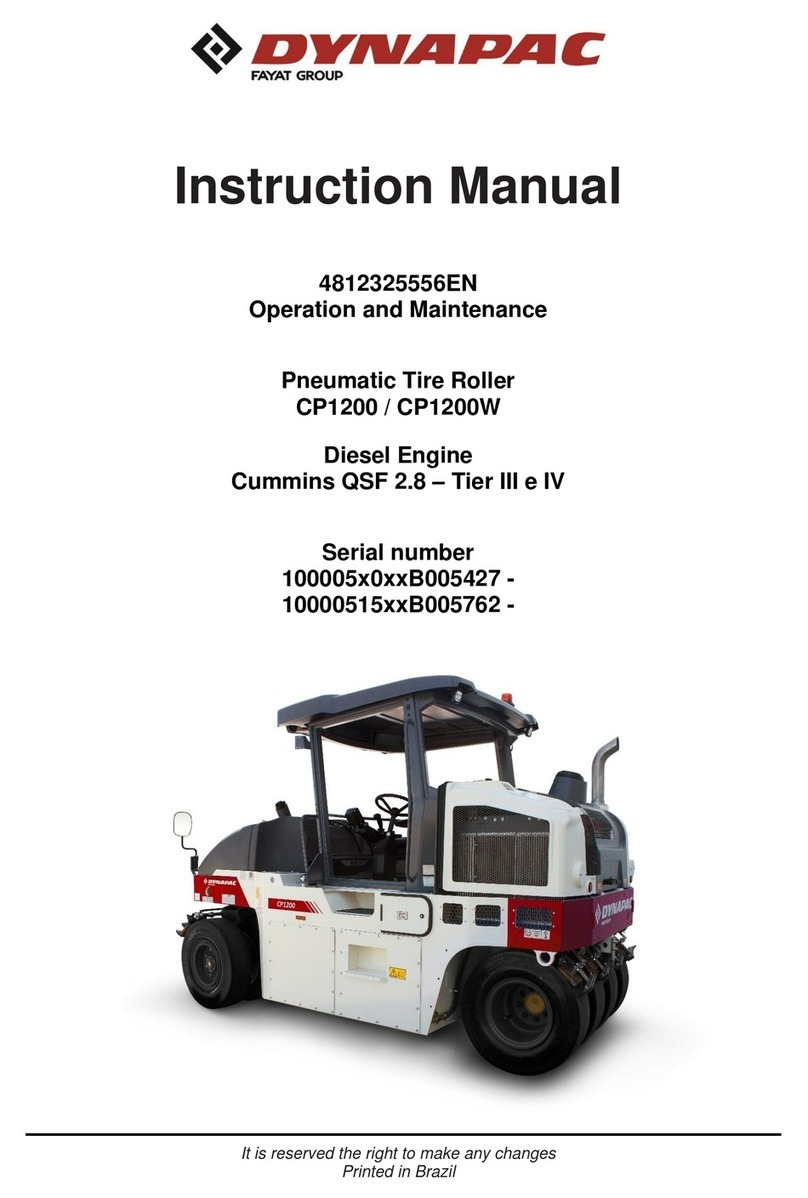
Fayat Group
Fayat Group CP1200 User manual
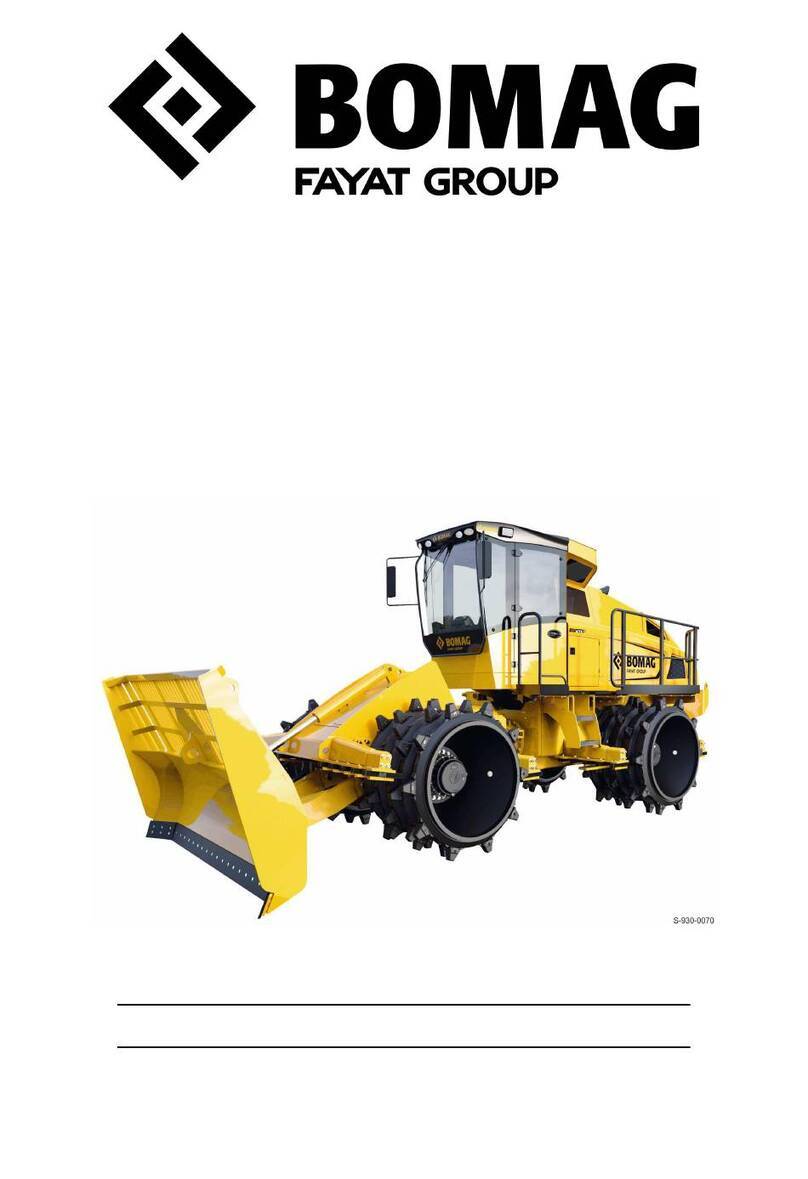
Fayat Group
Fayat Group BOMAG BC 573 RB-4 User manual
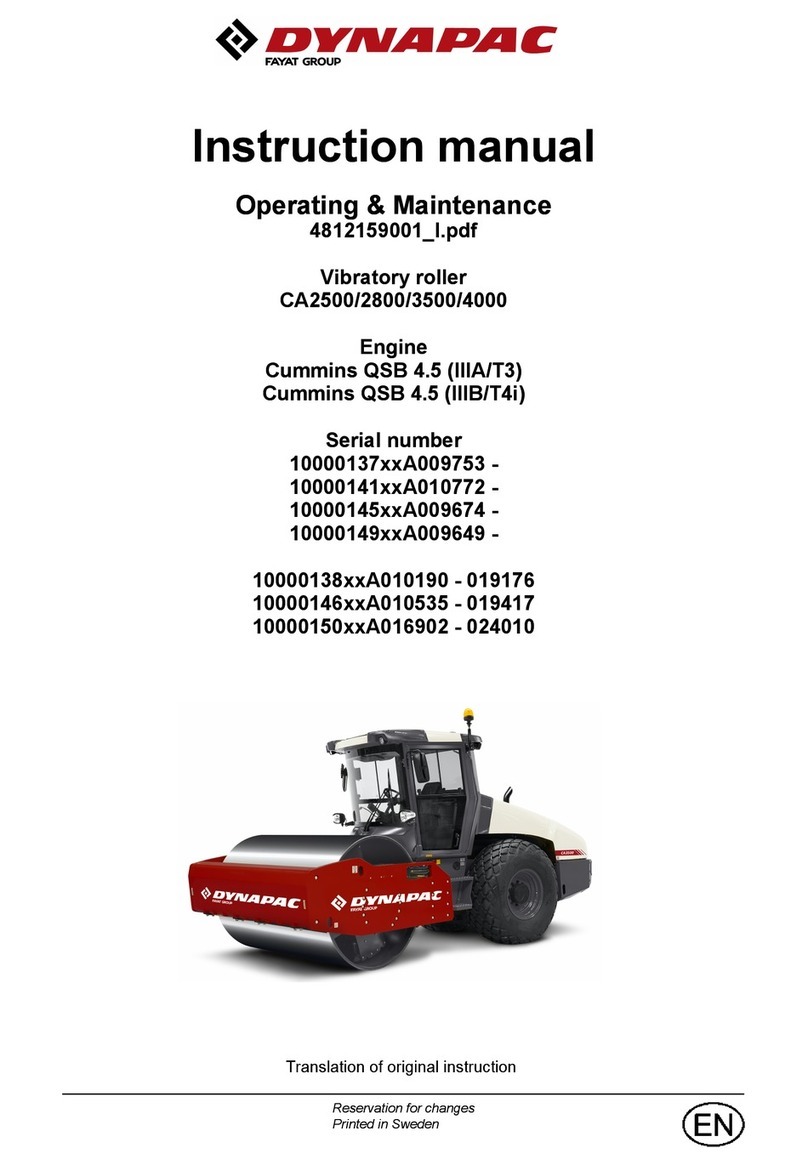
Fayat Group
Fayat Group DYNAPAC CA2800 User manual

Fayat Group
Fayat Group BOMAG BW 202 AD-50 User manual

Fayat Group
Fayat Group BOMAG BW177D-50 Instructions for use
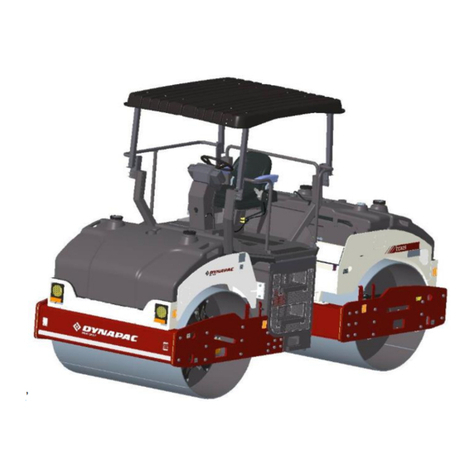
Fayat Group
Fayat Group DYNAPAC CC425 User manual
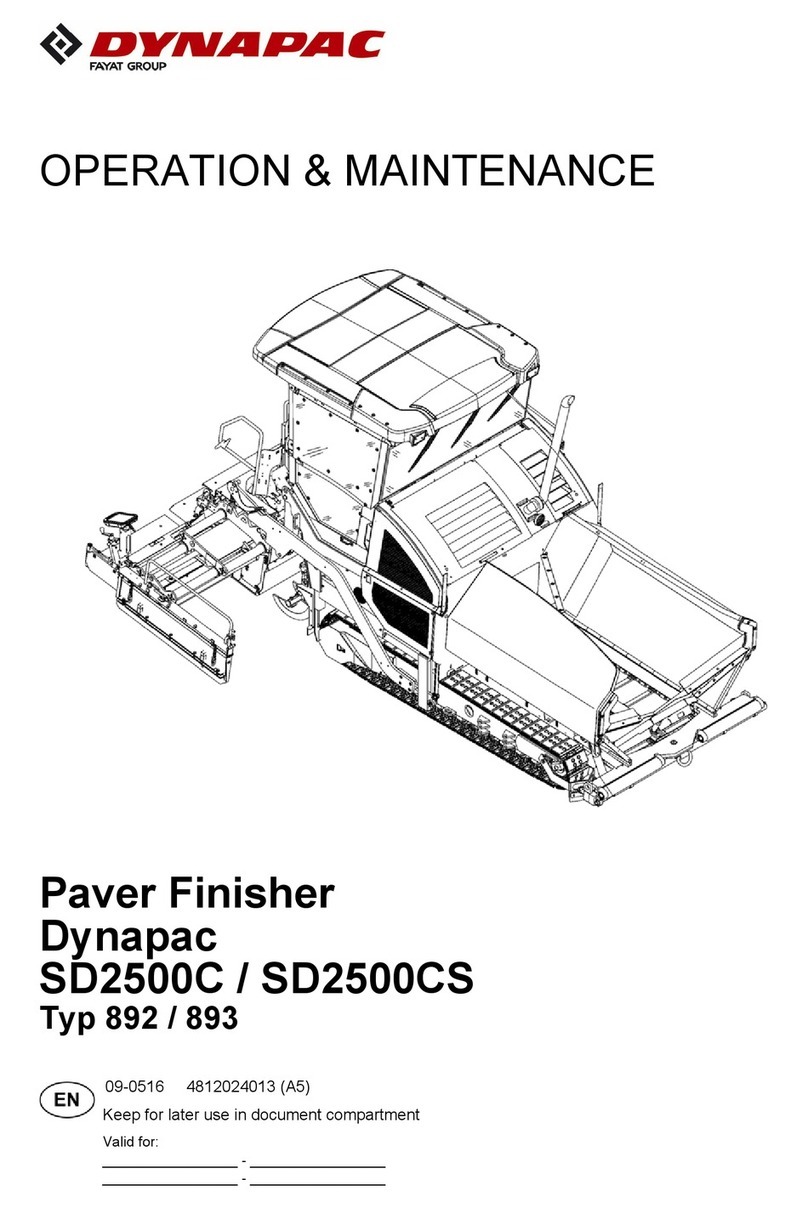
Fayat Group
Fayat Group Dynapac SD2500C Troubleshooting guide
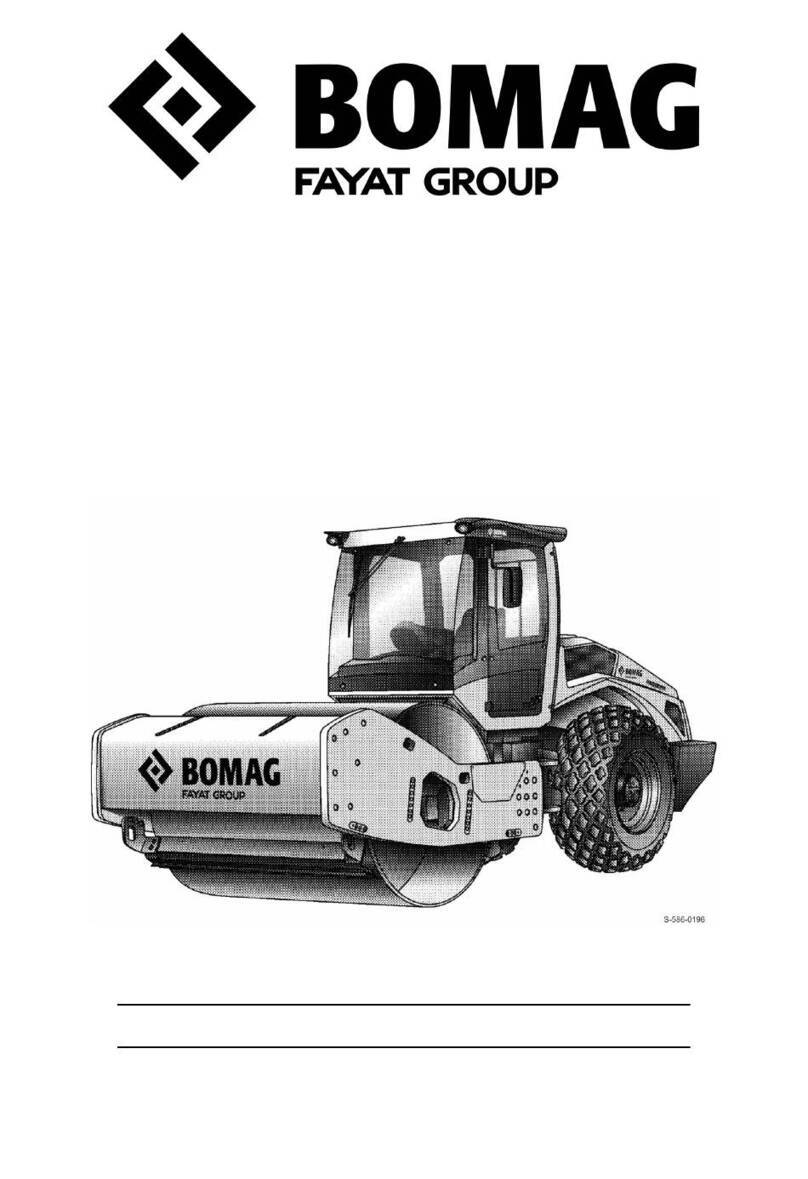
Fayat Group
Fayat Group BOMAG BW 219 DH-5 User manual
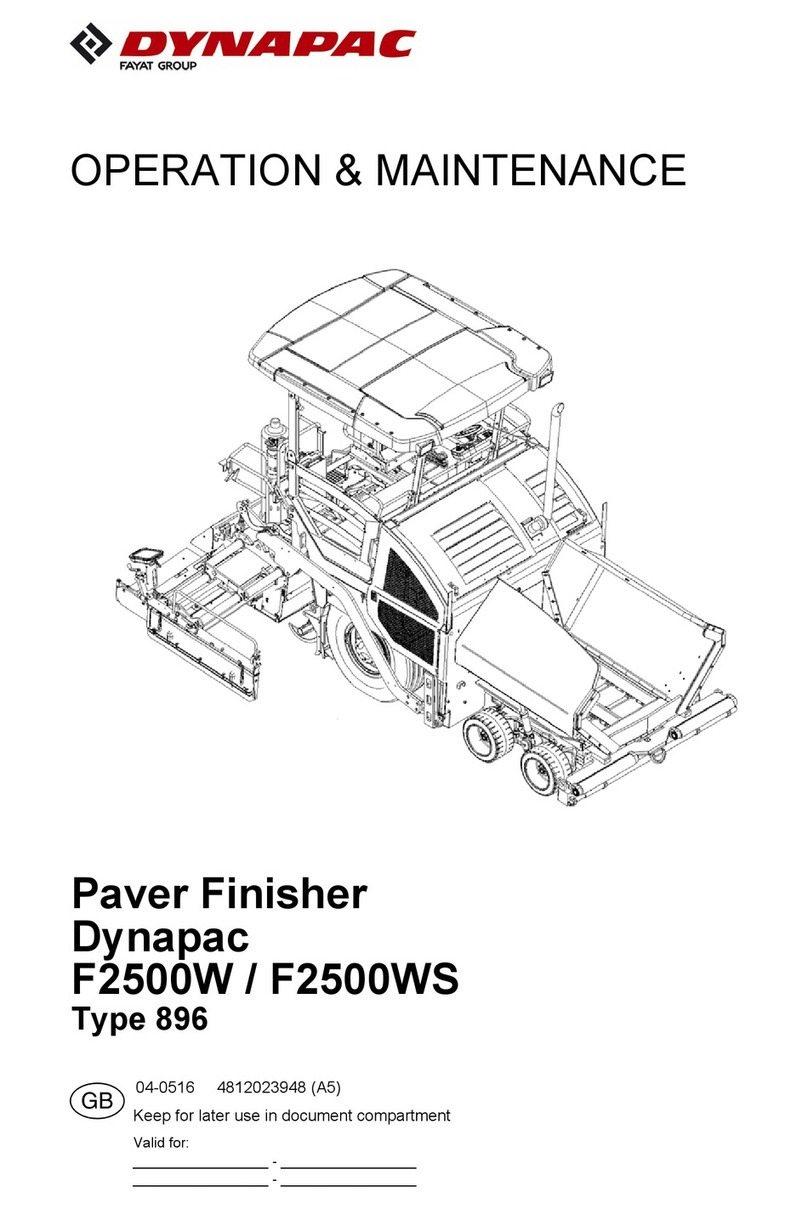
Fayat Group
Fayat Group Dynapac F2500W Manual
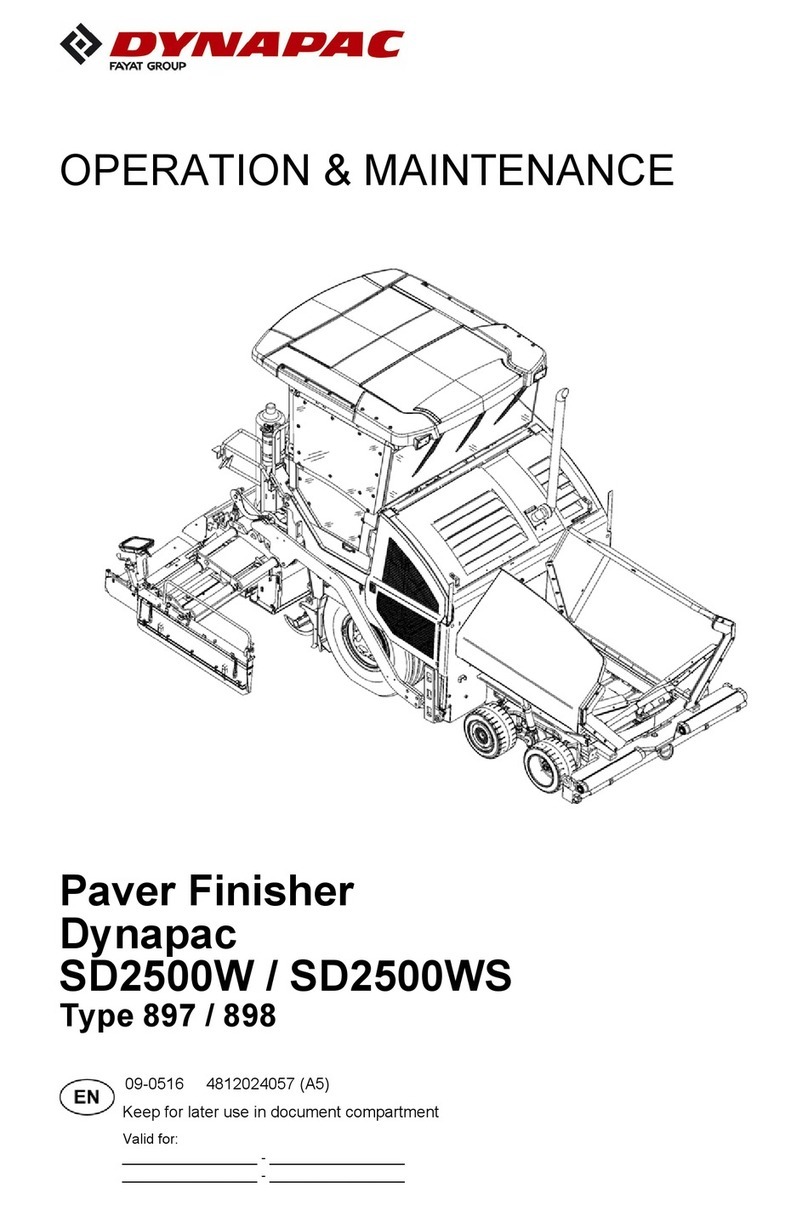
Fayat Group
Fayat Group DYNAPAC SD2500W Manual
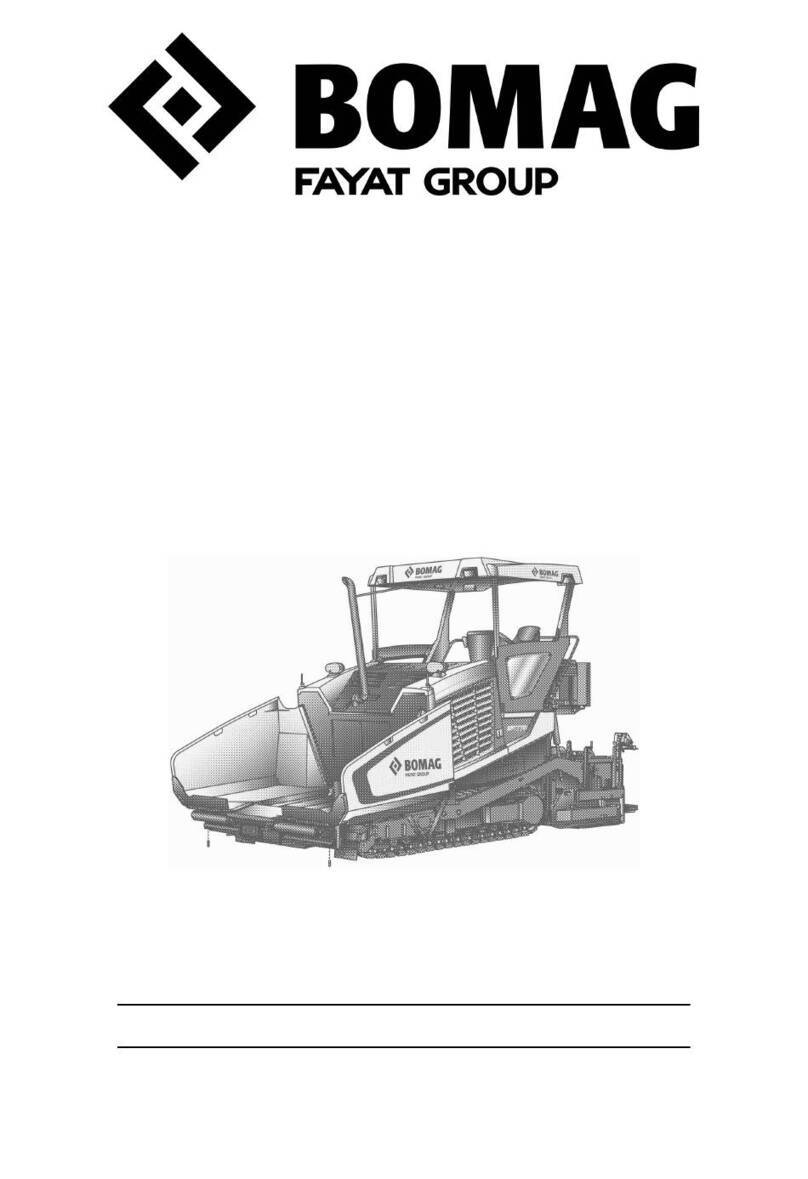
Fayat Group
Fayat Group BOMAG BF 700 C-2 User manual
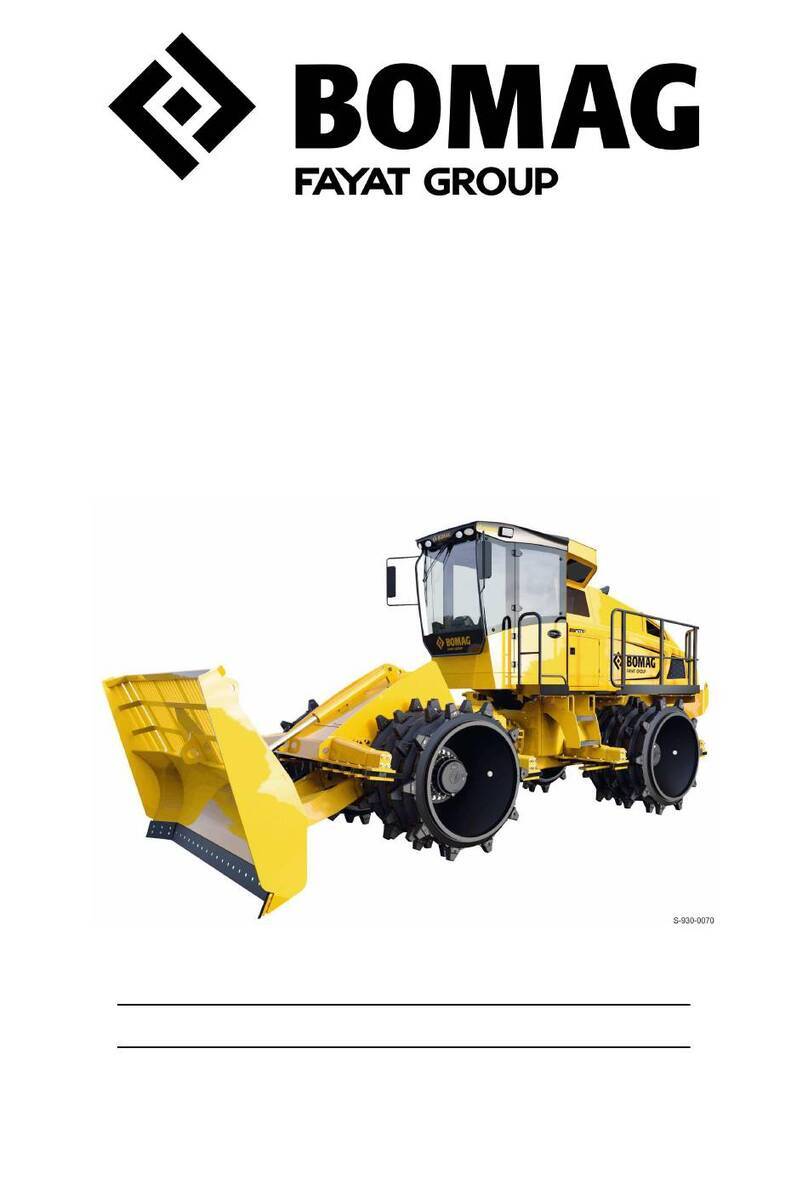
Fayat Group
Fayat Group BOMAG BC 573 RB-3 User manual
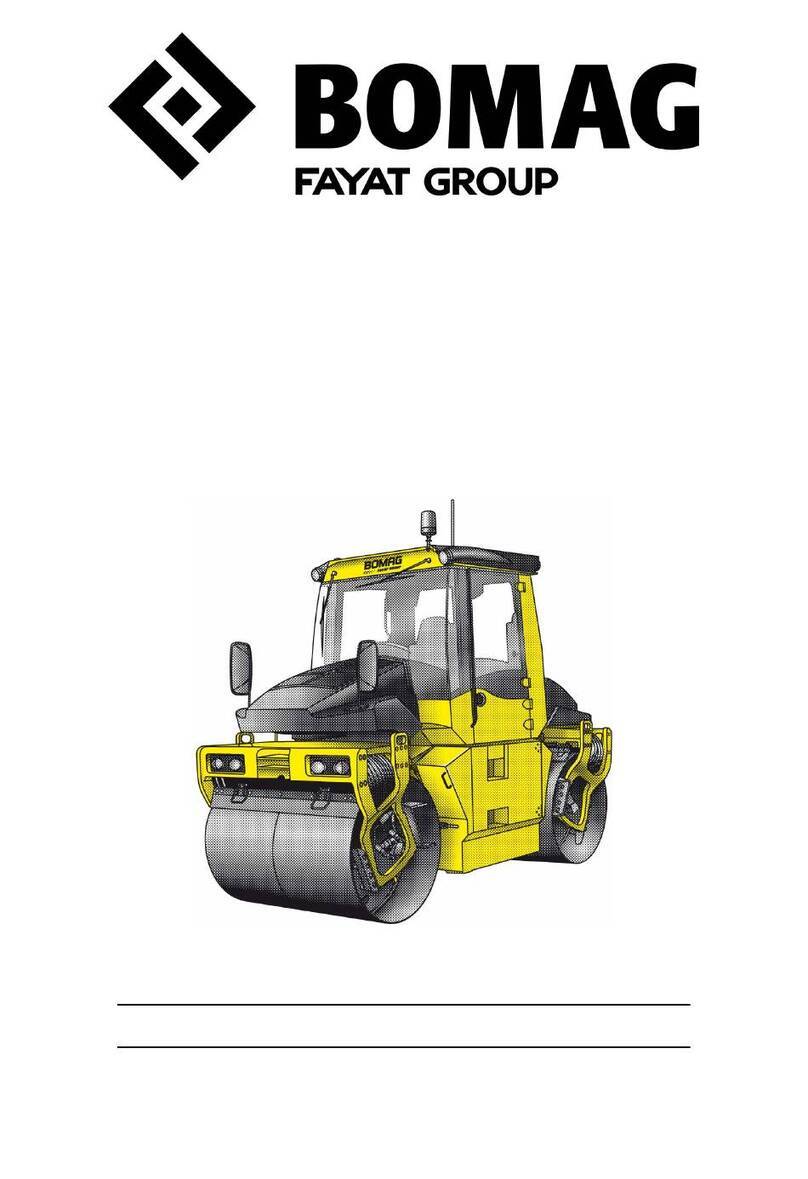
Fayat Group
Fayat Group BOMAG BW 174 APO-4i User manual
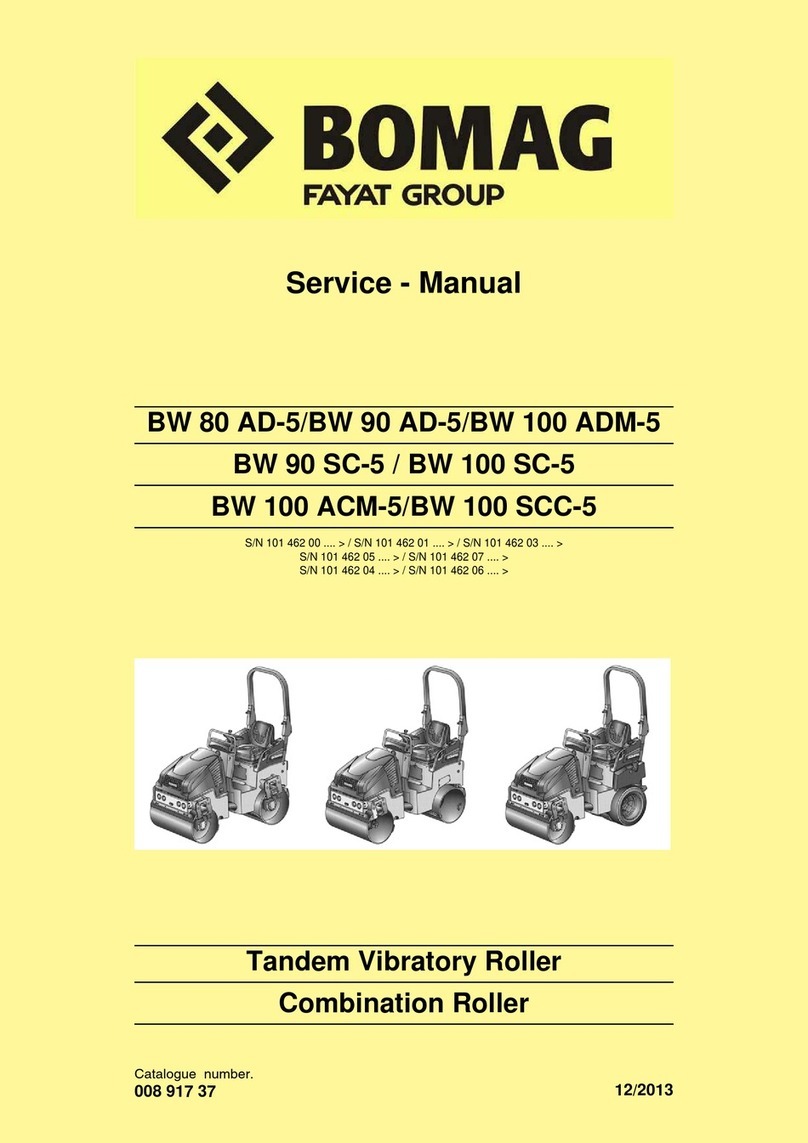
Fayat Group
Fayat Group BOMAG BW 80 AD-5 User manual

Fayat Group
Fayat Group BOMAG BM 1000/35 User manual

Fayat Group
Fayat Group BOMAG BC 972 RB-2 User manual
